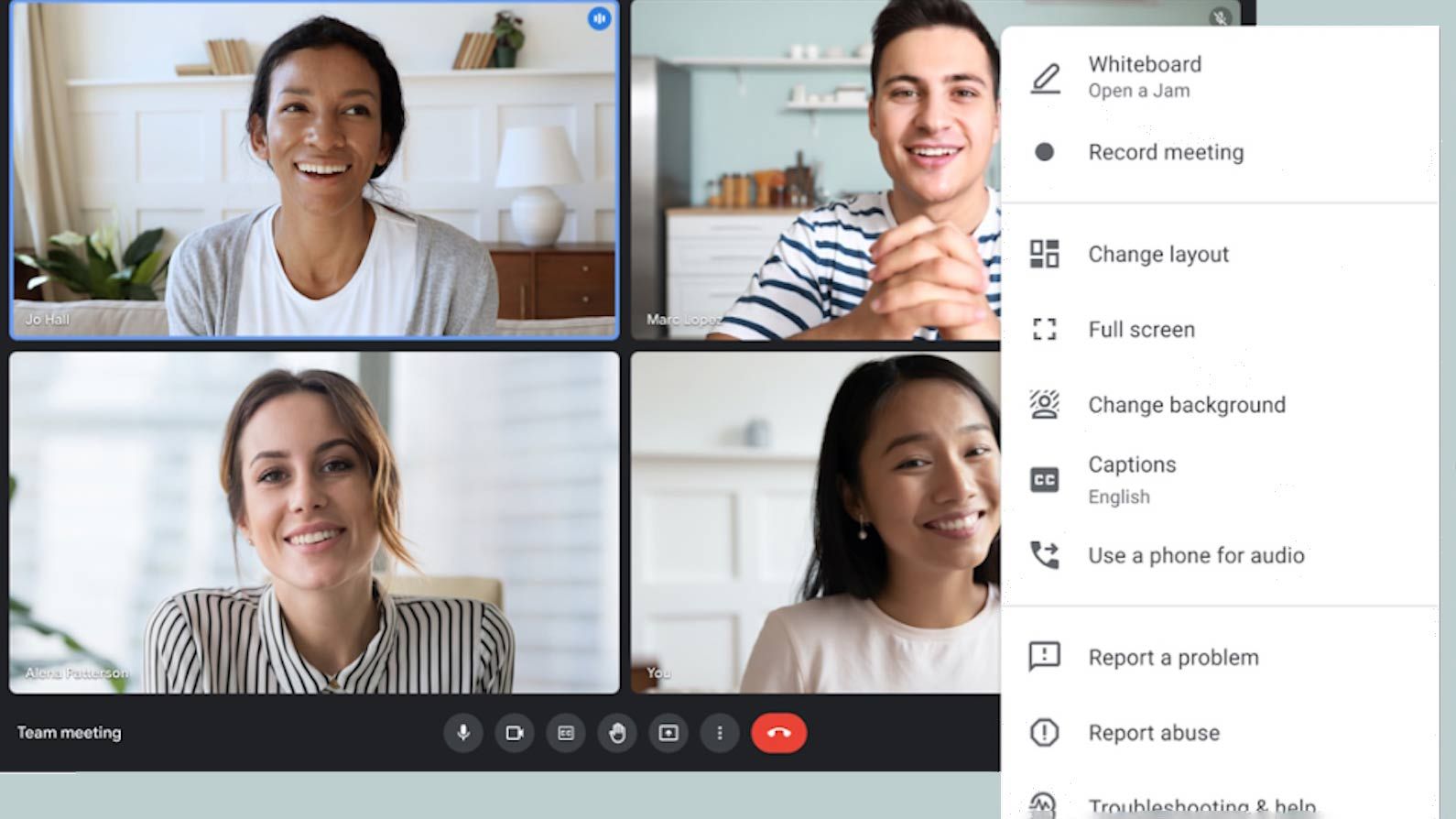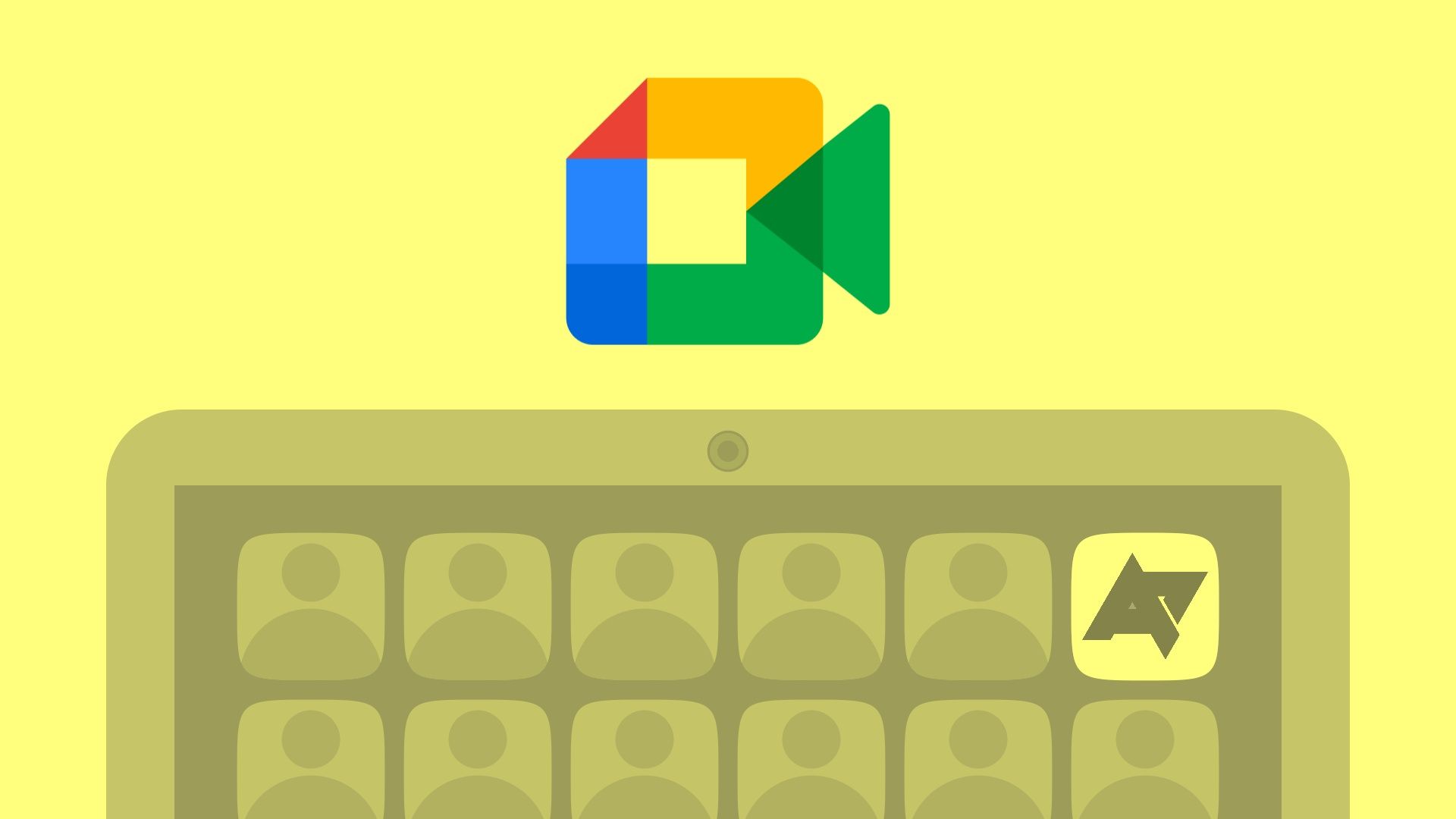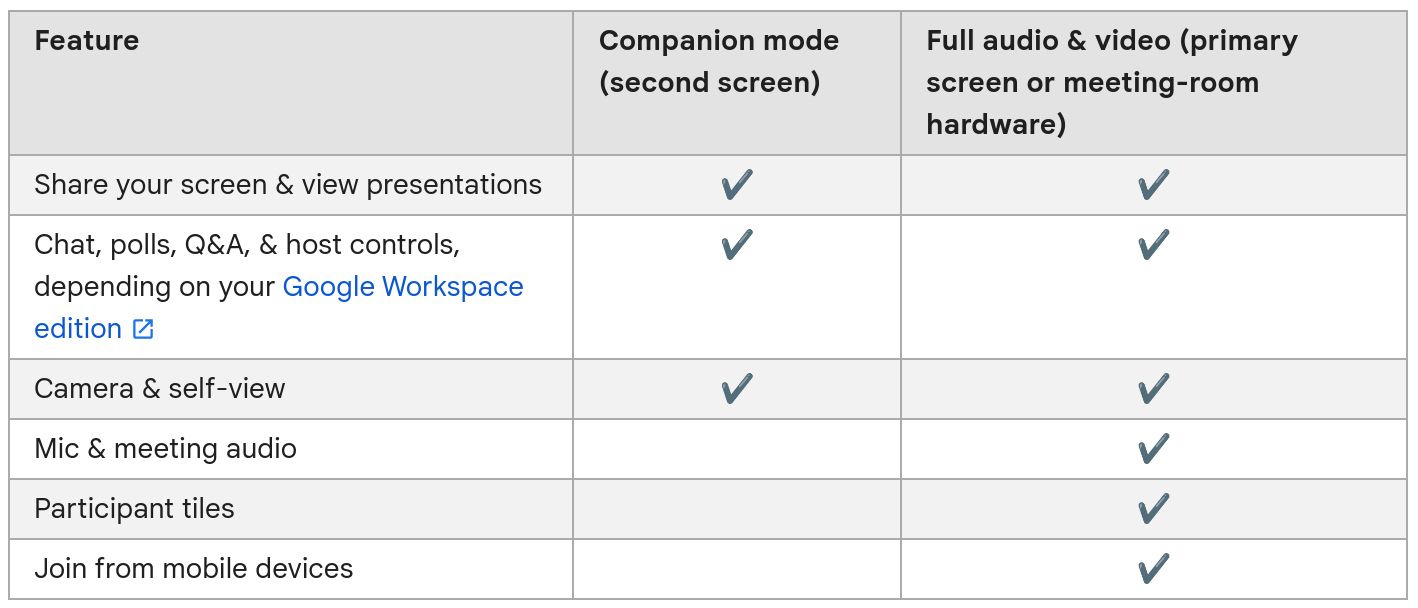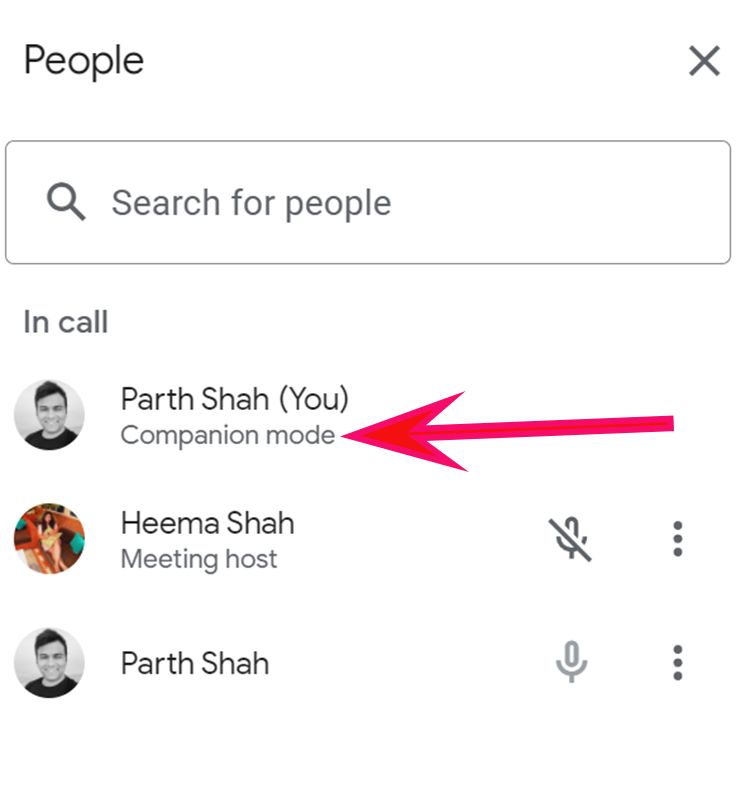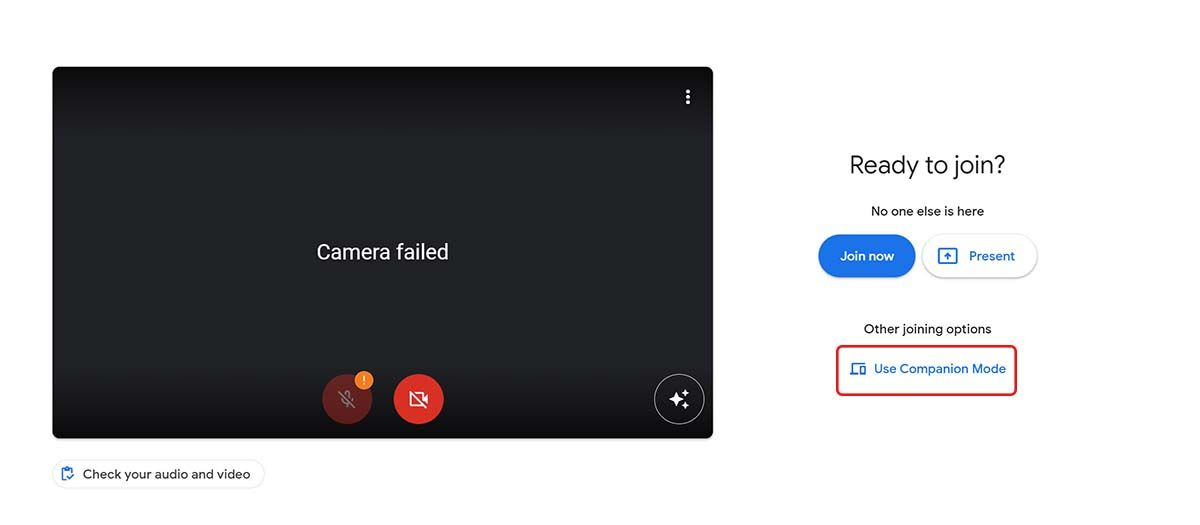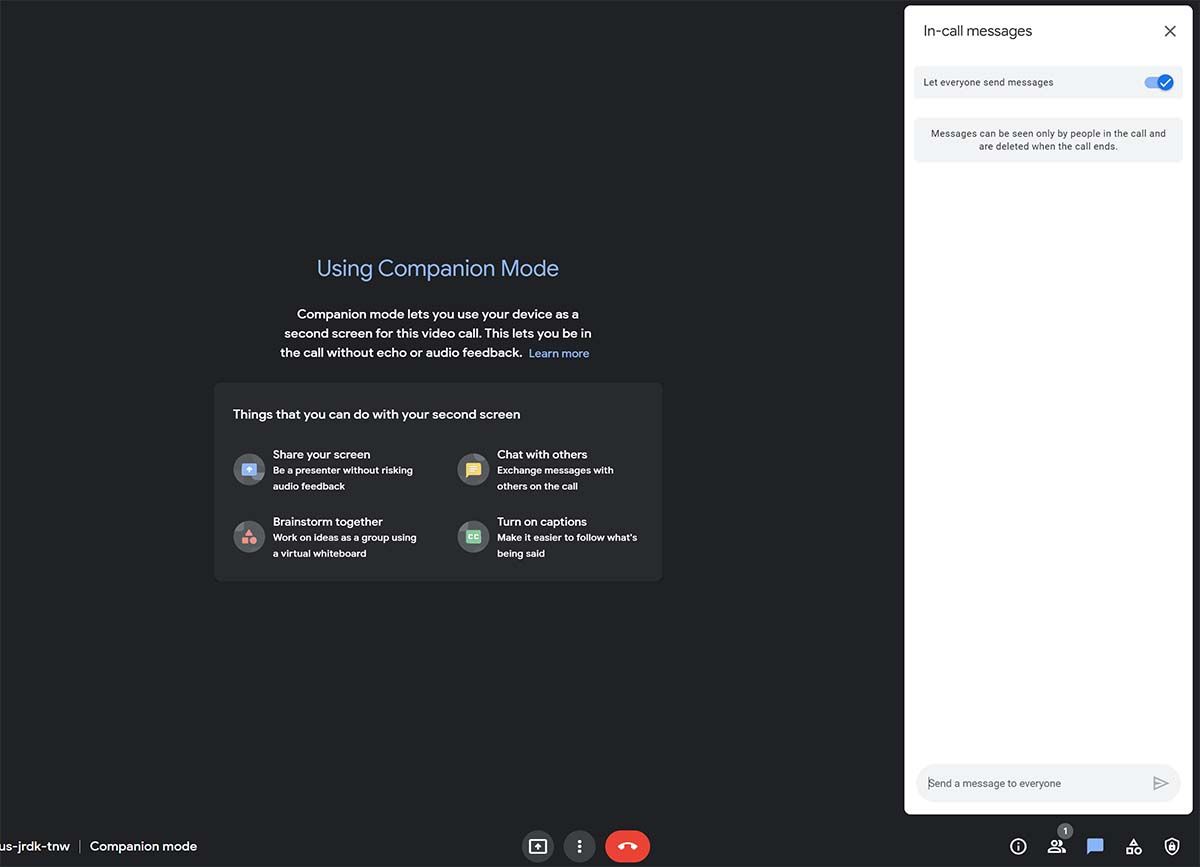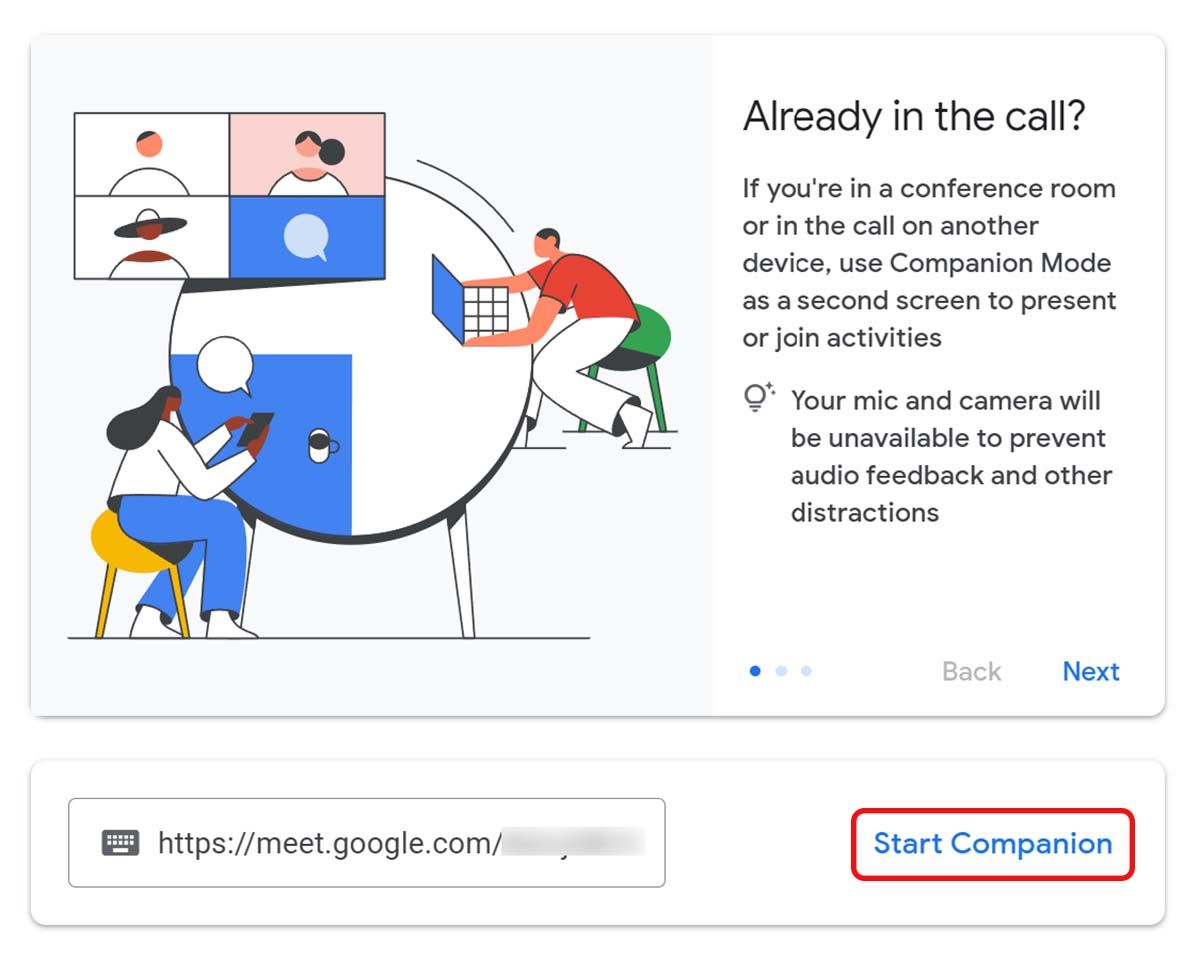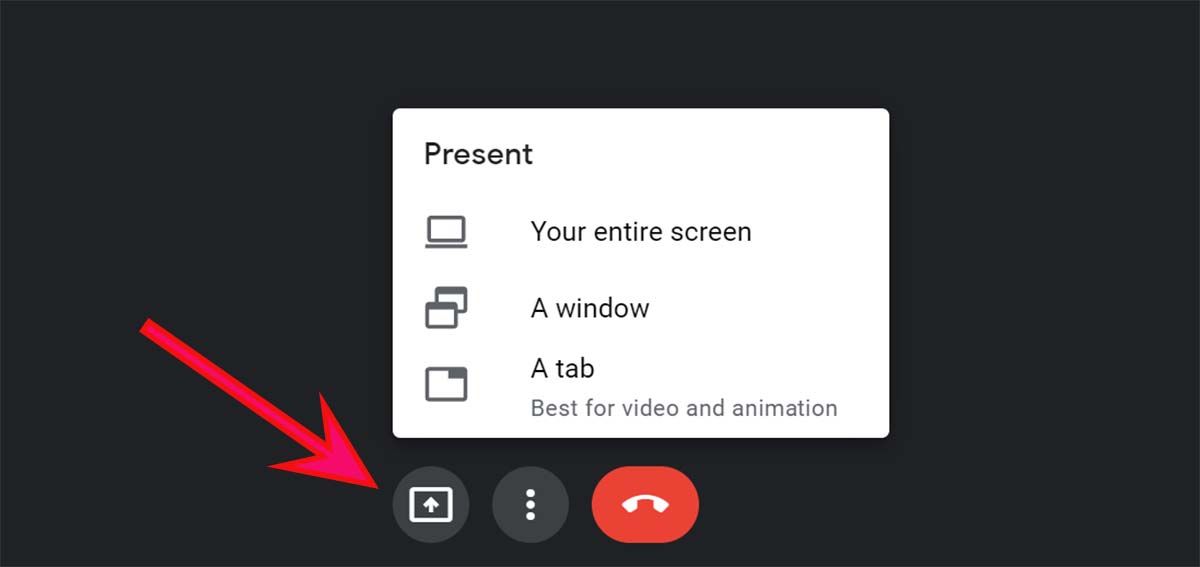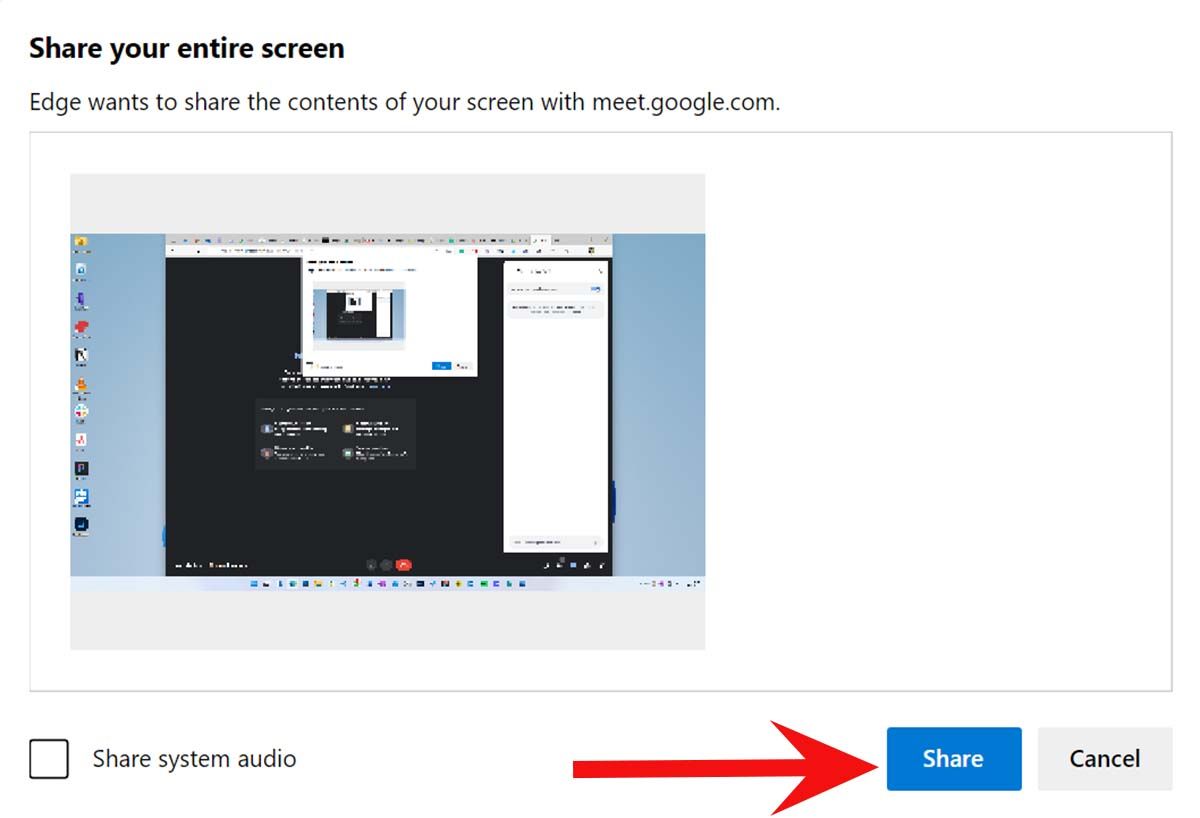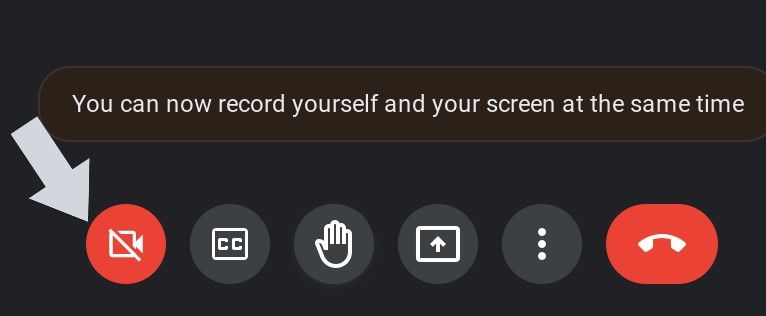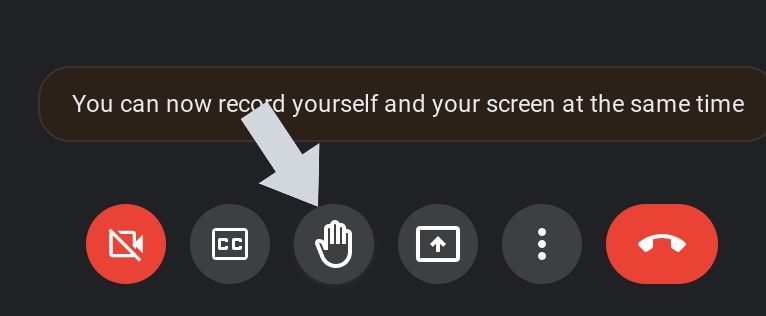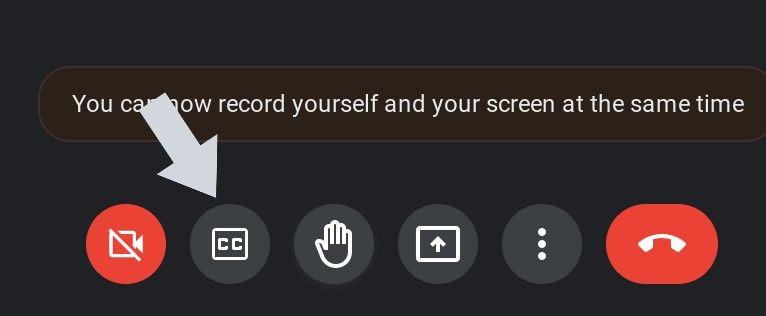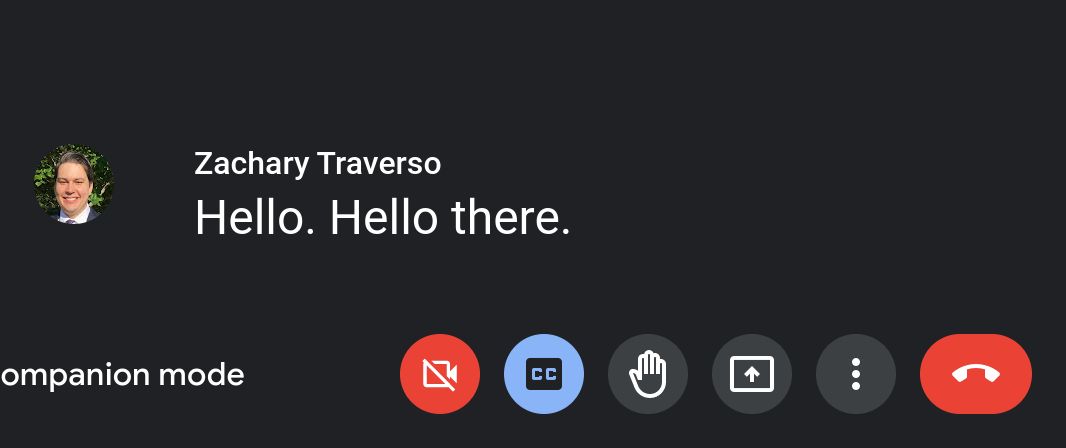Thanks to its user-friendly interface and a generous free tier, Google Meet has become one of the best and most popular video conferencing tools. Being a Google product, its tight integration with Google Calendar, Gmail, Android smartphones, and Chromebooks ensures you can easily create and join meetings. The service also regularly releases new features that improve the video conferencing experience for everyone.
One of the newest additions to its feature set is the Google Meet Companion mode which allows users to join a meeting using two devices. The feature is primarily aimed at hybrid workspaces, where multiple people join a meeting from a conference room. They can use a secondary device to join the meeting in Companion mode to access features like chat, screen sharing, and more.
This guide details what Companion mode is and how to use it to supercharge your meetings.
What is Google Meet Companion mode?
Google Meet Companion mode is an excellent feature that solves one of the issues plaguing video conferencing meetings. Before Companion mode, if multiple people joined a video meeting from a conference room with in-room hardware, individuals could not fully participate in the meeting, as they could not use meeting chat, polls, Q&A, and other Google Meet features.
Google Meet Companion mode solves this issue by allowing individual participants to join meetings in Companion mode. When someone joins a meeting in Companion mode, their device's audio is disabled by default to prevent feedback. Users can use their companion devices to access all the Google Meet features, including raising hands and screen sharing. While the video is turned off by default in Companion mode, users can turn it on to draw attention to themselves when speaking.
Google Meet Companion mode is also great for users who use multiple devices to join a meeting. For example, you can join the meeting via your Android smartphone for better video and audio quality but use your laptop as a companion device to take notes, chat with other meeting participants, and more.
Companion mode vs. Participant mode
There are differences between what you can do in Participant mode and Companion mode. Here is a breakdown of these differences.
When joining a Google Meet call using Companion mode, you can:
- Chat with other Google Meet participants.
- Share your screen.
- Access a virtual whiteboard to brainstorm ideas.
- Turn on captions to follow what's being said.
Add-ons like hand-raising, conducting polls, and Q&A are available but require a specific Google Workspace edition.
When entering a meeting in Companion mode, your audio and microphone are disabled by default. This prevents audio echoes for you and other participants. Google Meet displays two names for you in the participant list, one for your normal user and one for your Companion mode user.
Google Meet hides the participant grid in Companion mode to simplify the interface on your companion device.
To speak or listen to others using a companion device, connect to the hardware in the meeting room or use a Nest Hub Max for the call. You can also join the call with Participant mode on your laptop or mobile phone.
How to start Companion mode in Google Meet
There are two ways to connect your companion device to your Google Meet call. The first is by activating Companion mode from a meeting invite link.
- Turn on your secondary device.
- Open the meeting link.
-
Wait for the Ready to join screen to load.
-
Select the Use Companion Mode link button.
The dedicated Companion mode website is the second way to activate Companion mode.
- Start your secondary device.
- Go to g.co/companion.
- Input the meeting code or link in the Enter a code or link box.
-
Click the Start Companion button.
You must sign in to the Google account that was invited to the meeting on your secondary device. If not, you need approval from the meeting host to join the call.
How to share your screen using Companion mode
Sharing content on your Companion mode device is a useful way to split up your screens. Let's look at how to share the screen on your secondary device.
- Join your meeting. You may need to be let into your meeting by another participant.
- Click the Present now button at the bottom of your screen.
-
Select the content you'd like to present.
- Check the sharing preview.
- Select the Share system audio box to share your audio.
-
Click the Share button so that everyone can see the content you're sharing.
How to share your camera in Companion mode
Not all devices have a serviceable camera. Companion Mode allows you to use the camera from your secondary device instead of your primary device while in your meeting.
- Enter the meeting. You may need to wait to be let into the meeting.
-
Click the Turn on camera button.
-
Other meeting participants will see you with the camera from your companion device.
How to raise your hand in Companion mode
A question may come up during a meeting, but it may be rude to interrupt. Google Meet includes a feature that lets you raise your hand, like in real life, so that the speaker can get to your question.
- Log in to the meeting. Someone may have to let you into the meeting.
-
Click the Raise Hand button.
-
Everyone will see that your hand is raised.
How to turn on Closed Captions in Companion mode
Closed Captions may be helpful if you're hard of hearing or can't understand something. Closed Captions generate a real-time text log of what is said.
- Start the meeting. A current participant may have to allow you to join the meeting.
-
Click the Turn on captions button.
-
The captions appear at the bottom of your screen.
Google Meet Companion mode FAQ
Let's answer some common questions about Companion mode.
Is Companion mode available on mobile devices?
Companion mode isn't available on Android or iOS. It is limited to Google Meet on the web, Nest Hub Max, and other certified Google Meet hardware.
Do Companion mode participants count toward the participant limit?
Yes, Google Meet counts connections using Companion mode against the 100 participants limit.
Should I join a Google Meet meeting with Companion mode only?
Companion mode aims to improve your Google Meet video call with a second screen. You shouldn't use your primary device and join the call with Companion mode only. It disables audio, microphone, and video on your device, so you won't know what's happening in the meeting.
A companion for your meeting
Virtual meetings are a fact of life, and Google Meet makes them easier with features like Companion mode. Companion mode helps you multitask and break up information and controls to make your meeting experience easier. Check out these Google Meet tips and tricks to supercharge your Google Meet experience.

